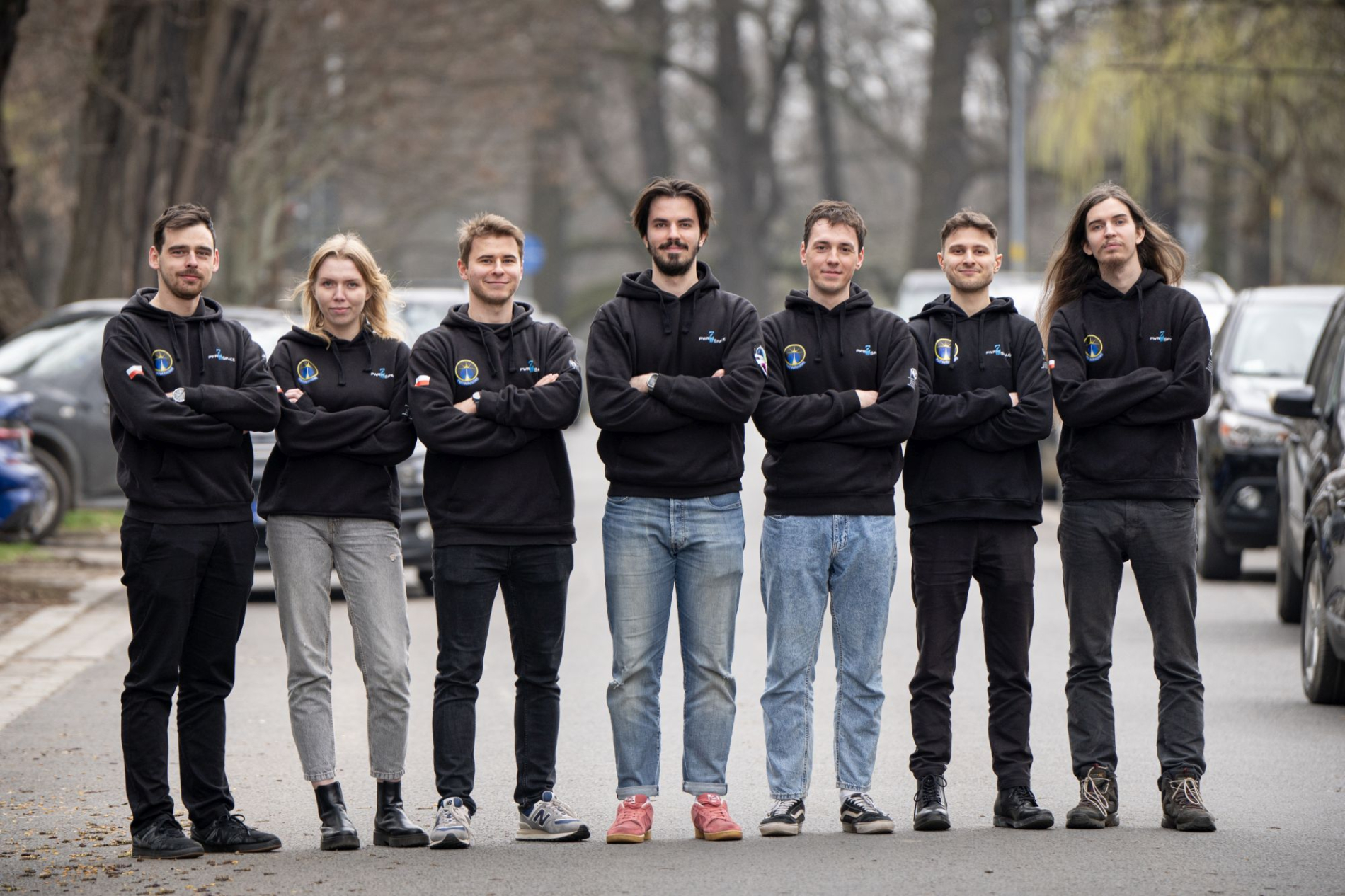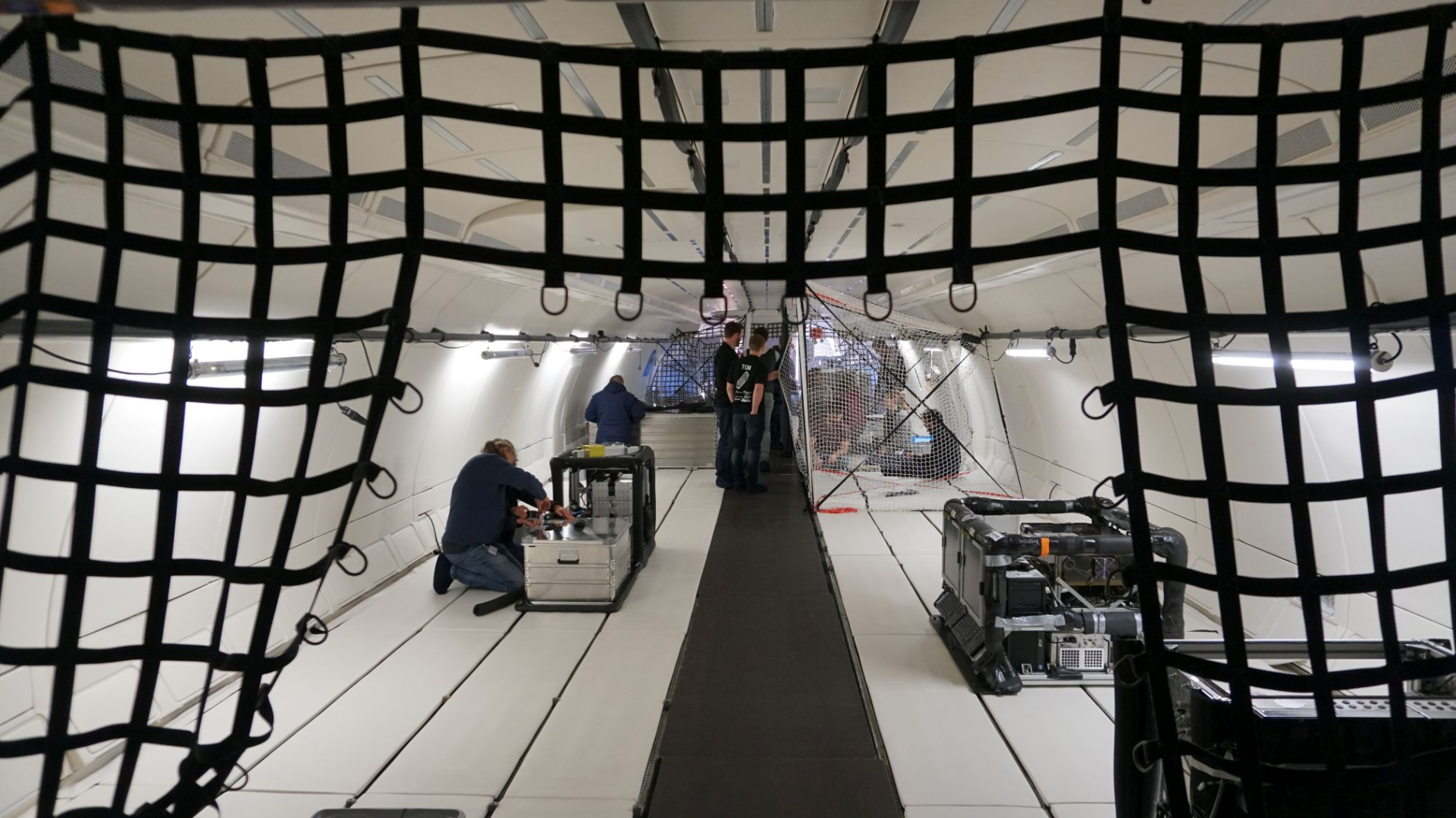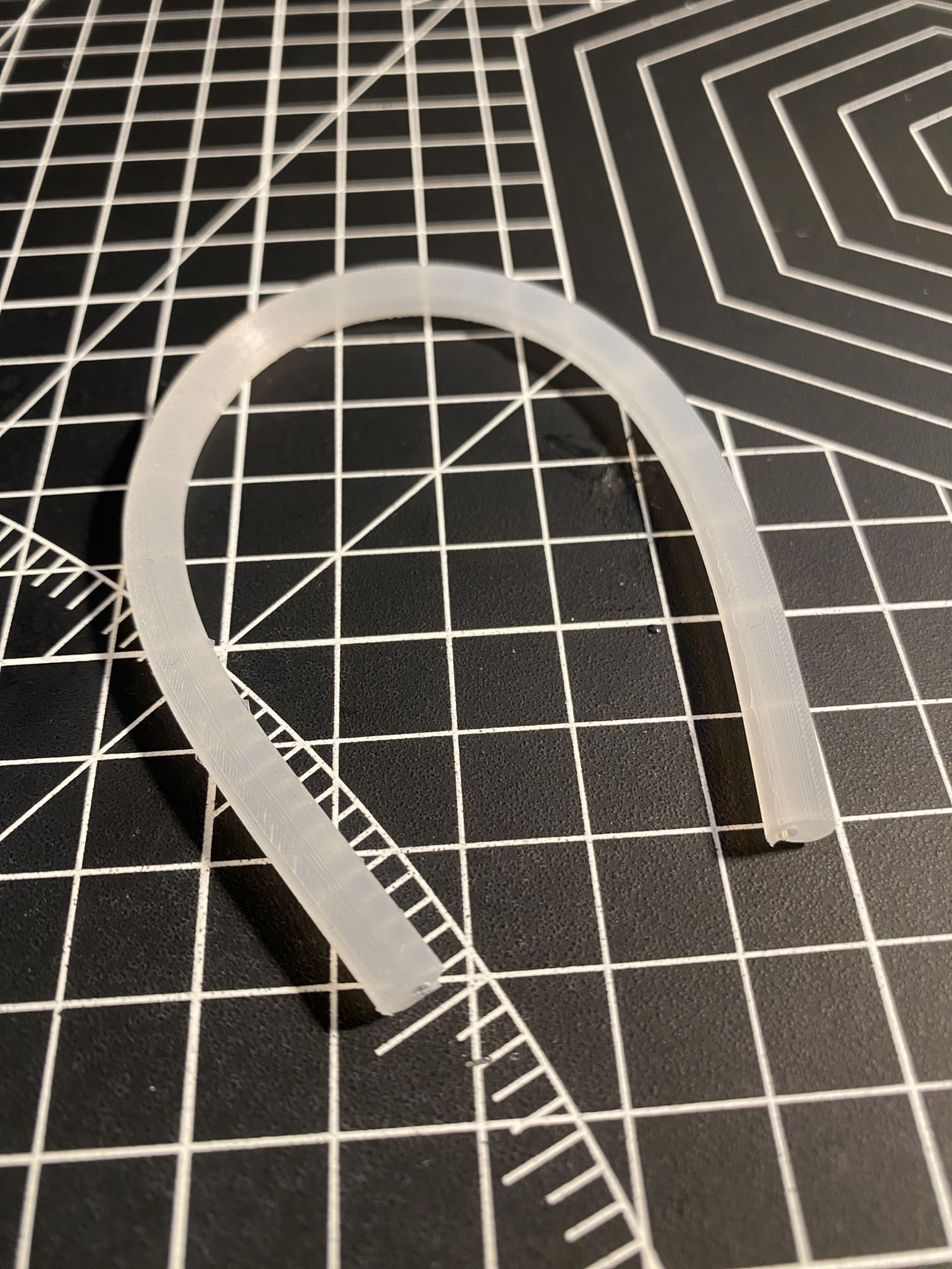YOUR BROWSER IS OUT-OF-DATE.
We have detected that you are using an outdated browser. Our service may not work properly for you. We recommend upgrading or switching to another browser.
Date: 22.04.2024 Category: international cooperation, science/research/innovation, student activity

The European Space Agency has selected seven student teams from across Europe to carry out experiments at its research centres as part of the ESA Academy Experiments programme. A group from Poland qualified for the parabolic flight programme for the first time in EAE activity. Comprising students from Wrocław University of Science and Technology, the team intend to test silicone “tentacles” in microgravity conditions.
Participation in ESA Academy Experiments is a great opportunity for students interested in the space industry as it allows them to gain experience in an ambitious research project and work with specialists from the European Space Agency, its research centres, and collaborating companies. The programme places a strong emphasis on participant support, training, and regular consultation with experienced engineers.
In this year's edition of the programme, ESA has selected seven teams to conduct their experiments using the agency's infrastructure, which comprised a large-diameter centrifuge (Large Diameter Centrifuge) in the Netherlands, drop towers in Bremen (Bremen Drop Towers), parabolic flights in France, the ICE Cubes Facility on board the International Space Station, the advanced robotics laboratory Space Rider, and the Dutch Orbital Robotics Lab.
Teams from France, Belgium, Italy, and the UK, as well as international teams from Austria-Slovenia-Germany and Iceland-Britain and a team from Poland (for the first time for parabolic flights) qualified for the programme.
 Representing our country are eight students from Wrocław University of Science and Technology, active members of Wrocław Tech’s scientific club, who take part in the programme as M.A.C.K.I (the acronym is the Polish word for “tentacles”). Project. The name is an acronym that stands for Microgravity Actuated Capturing Kinetic Instrument while referring to the experiment they intend to carry out.
Representing our country are eight students from Wrocław University of Science and Technology, active members of Wrocław Tech’s scientific club, who take part in the programme as M.A.C.K.I (the acronym is the Polish word for “tentacles”). Project. The name is an acronym that stands for Microgravity Actuated Capturing Kinetic Instrument while referring to the experiment they intend to carry out.
“We will be analysing how silicone 'tentacles', i.e. silicone tubes that become entangled as a result of air blown into them at an appropriate pressure perform in microgravity conditions and can catch an object and lift or move it,” says Michał Kos of M.A.C.K.I. Project. “They are cast in a specially designed mould in which one of the walls is thicker, i.e. the hollow of the tube isn’t in the very centre of its cross-section. A dozen or more such tubes can be used to make grippers. The technology is fairly new, having only been developed for a few years. Research into it is ongoing at Harvard, for example. We read about it in a science paper and thought that it would be interesting to find out how they would work in space. They are very light, so perhaps it would be a good technology for, say, collecting space junk or transporting satellites.”
 By qualifying for ESA Academy Experiments, our students will have the opportunity to carry out such analyses in microgravity conditions aboard an aircraft performing parabolic flight. The experiments are scheduled for early November at the Novespace facility near Bordeaux.
By qualifying for ESA Academy Experiments, our students will have the opportunity to carry out such analyses in microgravity conditions aboard an aircraft performing parabolic flight. The experiments are scheduled for early November at the Novespace facility near Bordeaux.
During such a flight, the aircraft rises and then, at a particular altitude, changes its trajectory in a way that it resembles a parabola – that is, instead of flying horizontally, it alternately rises and falls at high speed. As a result, what it feels like onboard alternates between heavy g-load and weightlessness.
“We can use three flights to carry out our research. During each of these, the aircraft does 31 parabolas, one of which is 22 seconds of microgravity. This gives us a huge pool of time for analysis in near-space conditions,” emphasises Michał.
On board the Airbus A310 owned by Novespace, which is a company owned by the French National Space Agency (CNES), there will be two operators for each flight, in addition to the apparatus necessary for the experiment. The students of M.A.C.K.I. Project will thus be able to experience g-loads of up to 1.8 g and a state of weightlessness, and, above all, they will be able to change the parameters of their experiment during the few minutes between the series of parabolas to test as many possible settings of the silicone grippers as they can or adjust their length.
At the same time, PhD students from the Austrian-Slovenian-German team NeurO2flight (who are studying the effects of microgravity and hypoxia on cognitive function and cerebral blood flow during parabolic flight) will be conducting their experiment nearby.
“Up until now, the projects selected for the programme have mainly involved medical research, i.e. the effects of microgravity on humans. Given that, it’s remarkable for us that our engineering and technology-oriented experiment was qualified,” stresses Michał.
The Wrocław Tech students will conduct their research activities on a small own-built platform, which is for safety surrounded by transparent walls. There, the gripper will be mounted on a rail that slides up and down, and its task will be to grab and pull an object mounted on a strain sensor.
“We’re at the stage of building a prototype of this platform,” adds Wiktoria Mrowiec of M.A.C.K.I. Project. “There’s a lot of work ahead of us and although we still have more than six months to go, that doesn't mean that time is on our side at all,” she explains laughing. “By the end of the summer holidays, we have to design and build all the systems – the experiment and the test platform – and everything, of course, has to comply with the very detailed ESA standards for the preparation of space experiments as well as Novespace’s requirements. In September, we will be visited by the company’s representative, who will look at our solutions here in Wrocław and may still suggest possible changes.”
In the meantime, the students will exchange a lot of technical documentation with the competition organisers and confer with ESA and Novespace specialists.
“We’re also preparing for the flights on special training courses. Two members of our team recently came back from France, where they had the opportunity to board the aircraft prepared for parabolic flights. They also observed scientists conducting their experiments at CNES,” says Wiktoria. “And there’s another training course coming up soon, this time in Belgium, on system design.”
“Preparations for the final stage of the programme are really busy,” Michał points out. “What's great is that we can really count on expert support and are treated as partners, which allows us to learn a great deal.”
The M.A.C.K.I Project members are Michał Kos, a student of embedded robotics (MSc programme) at the Faculty of Robotics, Photonics and Microsystems, Jakub Siuda, a student of electronics and telecommunication (MSc programme) at the Faculty of Robotics, Photonics and Microsystems, Wiktoria Mrowiec, a student of production management and engineering (MSc programme) at the Faculty of Mechanical Engineering, Jakub Szwagierczak, a student of electronic mechatronics systems (MSc programme) at the Faculty of Electronics, Photonics and Microsystems, Patryk Śliwa, a student of electronics (MSc programme) at the Faculty of Electronics, Photonics and Microsystems, Jacek Grzegorzewski, a student of embedded robotics (MSc programme) at the Faculty of Electronics, Photonics and Microsystems, Konrad Zaprucki, a student of mechanical engineering (MSc programme) at the Faculty of Mechanical Engineering, and Krzysztof Gliwiński, a graduate of automatics and robotics (Eng programme) at the Faculty of Electronics, Photonics and Microsystems. Maciej Cholewinski PhD, Eng. from the Department of Cryogenics and Aerospace Engineering, Faculty of Mechanical and Power Engineering is the scientific supervisor of the team.
To qualify for the programme, the students had to prepare detailed documentation including a description of their project's objectives, personnel composition, a timetable of activities, etc.
“Our task was to convince ESA and Novespace that not only do we have a well-thought-out project that can produce interesting results but also that we are a team capable of carrying out such an advanced task from start to finish on its own,” emphasises Wiktoria. “Our experience from Wrocław Tech’s in Space scientific club helped here. After all, we’re pursuing projects to build hybrid propulsion rockets that we’ll later take to international competitions held in the USA.”
For the time being, M.A.C.K.I. Project is financed with funds from the university (Wrocław Tech in Space, as part of which the project operates, is our university’s strategic scientific club) and is just in the process of raising funds through grant programmes of the Ministry of Science and Higher Education and the municipality. It is also considering seeking sponsorship. On its part, ESA is providing funding for the stay of the team members during the two-week final stage of the project – in late October/early November.
Our site uses cookies. By continuing to browse the site you agree to our use of cookies in accordance with current browser settings. You can change at any time.